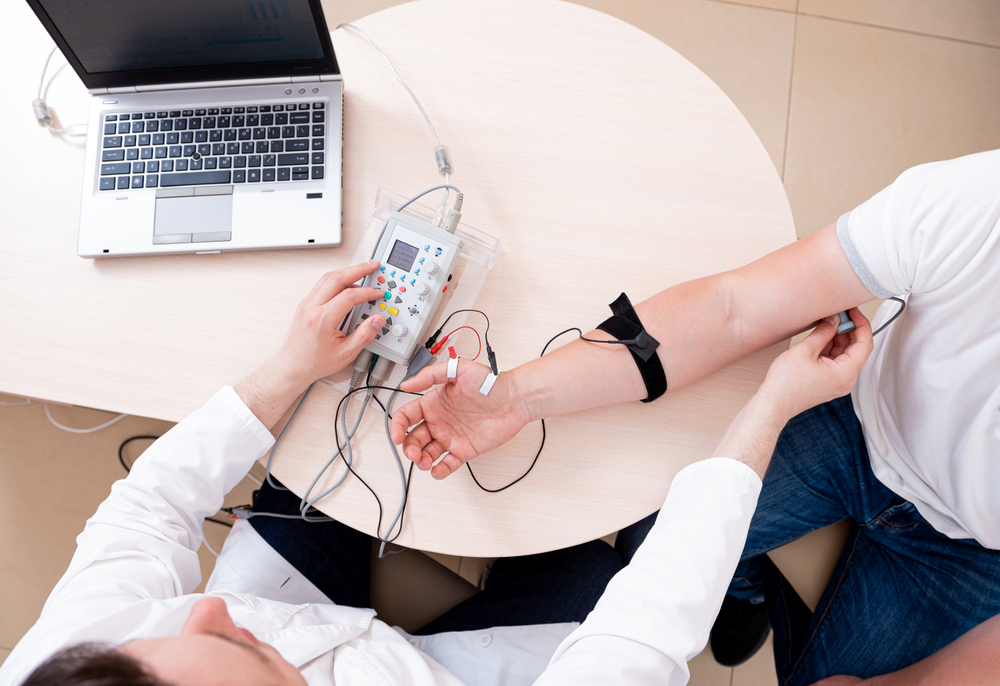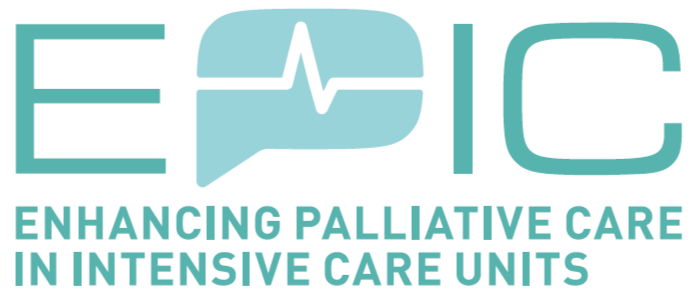ESAIC News
Newsletter March 2024: Facebook vs Textbook scrolling sprinkled with education
Can social media benefit our knowledge and enhance education? Is a 60-second video enough to deliver knowledge to a healthcare professional? Can scrolling help our studying sessions, or is it just another trick from our instant gratification monkey that lures us away from the textbook? Questions like these arise when considering the valuable time we can allocate to the learning process we follow.
The use of social media in the general public has grown exponentially during the last few years.1 A recent survey showed that an interesting percentage of people, 30% to be exact, use the most popular social media platforms as their primary news source.2 It might be logical to think that younger doctors consume medical information partly from online sources. However, some of these sources could be considered not so reputable, even though they are easily accessible.
A study of 234 pharmacy students who used a popular online photo-sharing social platform showed no direct evidence of improvement in examination scores. Another study in the USA regarding social media use amongst departments offering regional anaesthesia fellowship programmes concluded a lack of R.A.-related content and even less information available regarding their programmes.
Even though photos and videos are an absolute visual aid in understanding concepts like anatomy, video watching remains a passive learning experience lacking student-teacher interaction capability. A university in Colombia conducted a study to analyse the number of anesthesiology trainees interacting with an Instagram account from a reputable source. This university used an anaesthesiology expert to supervise a team of trainees, creating relevant posts. They concluded that even though users react to the posted content, it is not certain that they adequately retain the passively obtained knowledge.4 Anyone can create material within the terms and conditions of a site, which leads to misinformation, lack of quality control, and difficulty in recognising it, especially among non-experts.
Well-known textbook publishers provide links within their books that lead to explanatory videos or interactive, relevant content. Scientific communities have increased the number of online webinars and, in general, live broadcasting sessions of educational content since the COVID-19 pandemic. At the same time, freelance content creators post short videos and advertise themselves or material for sale. Medical professionals try to support each other by sharing open-access material, commonly found by looking for FOAMed, which stands for Free Open Access Medical Education, a movement of generous individuals who use accessible online resources to share educational content.4 But in an ocean of information, some is generously offered. How can someone distinguish high-quality content from an ad in disguise?
In 2016, emergency medicine residents declared that they implemented knowledge from podcasts in their clinical practice.5. There is indeed credible knowledge available; ESAIC, for example, has a podcast series with carefully selected speakers who offer their expertise for free through various platforms; 6. In addition, the rest of the online educational activities are available. However, since the internet is full of unfiltered pieces of information, here are some tools and procedures to help you evaluate the credibility of your sources. You may try the CRAAP test.7,8 This is a list of questions to help you decide whether a source is reliable and credible enough for the academic purpose you are looking for. The CRAAP test is an acronym for Currency, Relevance, Authority, Accuracy, and Purpose, and it was developed by librarians at California State University-Chico. That way, you might question the importance, reliability, correctness, truthfulness, and reason for the existence of that particular information.
Theoretically, you can use social media for education, extend your horizons, create connections with other scientists, listen to anyone’s storytelling, or even relax by allowing yourself to be influenced by some of these online personas. In reality, though, we should stay vigilant and alert, especially when people’s lives are affected by our knowledge’s accuracy and consequent actions or the lack thereof.
References
- Hong J, Siddique U, Echevarria G, Patel A, Lai YH, Pai BHP. A cross-sectional study on the utilisation of social media by regional anaesthesia and acute pain medicine fellowship programs in the United States. J Anaesthesiol Clin Pharmacol. 2023 Oct-Dec;39(4):571-576. doi: 10.4103/joacp.joacp_149_23. Epub 2023 Dec 20. PMID: 38269162; PMCID: PMC10805201.
- Coster, H. (2023, November 15). More TikTok users turning to the app for news, Pew study shows. Reuters. https://www.reuters.com/business/media-telecom/more-tiktok-users-turning-app-news-pew-study-shows-2023-11-15/
- Douglas, N.K.M., Scholz, M., Myers, M.A. et al. Reviewing the Role of Instagram in Education: Can a Photo Sharing Application Deliver Benefits to Medical and Dental Anatomy Education?. Med.Sci.Educ. 29, 1117–1128 (2019). https://doi.org/10.1007/s40670-019-00767-5
- Amaya, Sebastian & Gutiérrez Pérez, Martha & Murillo, Marcelino & Valle, Anacaona & Fayad, Nashla. (2023). Influencing Learning: How Instagram can Play a Role in Anesthesia Education. Update in Anaesthesia. 10.1029/WFSA-D-22-00003.
- Riddell J, Swaminathan A, Lee M, Mohamed A, Rogers R, Rezaie SR. A Survey of Emergency Medicine Residents’ Use of Educational Podcasts. West J Emerg Med. 2017 Feb;18(2):229-234. doi: 10.5811/westjem.2016.12.32850. Epub 2017 Jan 30. PMID: 28210357; PMCID: PMC5305130.
- https://www.esaic.org/education/education-tuesday/podcasts/
- Hill Renirie, R. Online Research: CRAAP Test. Central Michigan University Libraries. https://libguides.cmich.edu/web_research/craap (Accessed March 2nd, 2024)
- Medical Students Resource Guide. Dahlgren Memorial Library, Georgetown University Medical Center. https://guides.dml.georgetown.edu/medstudents/eval (Accessed March 2nd, 2024)
Authors
- Georgios (George) Karras (MD, MSc) – Trainee Representative & Social Networks Coordinator of the European Society of Anaesthesiology & Intensive Care (ESAIC) Trainees Committee. Resident of Anaesthesiology, Clinical Pharmacologist, Bioethicist, Hippokrates’ General Hospital of Thessaloniki, GR-54642 Thessaloniki, Greece.










